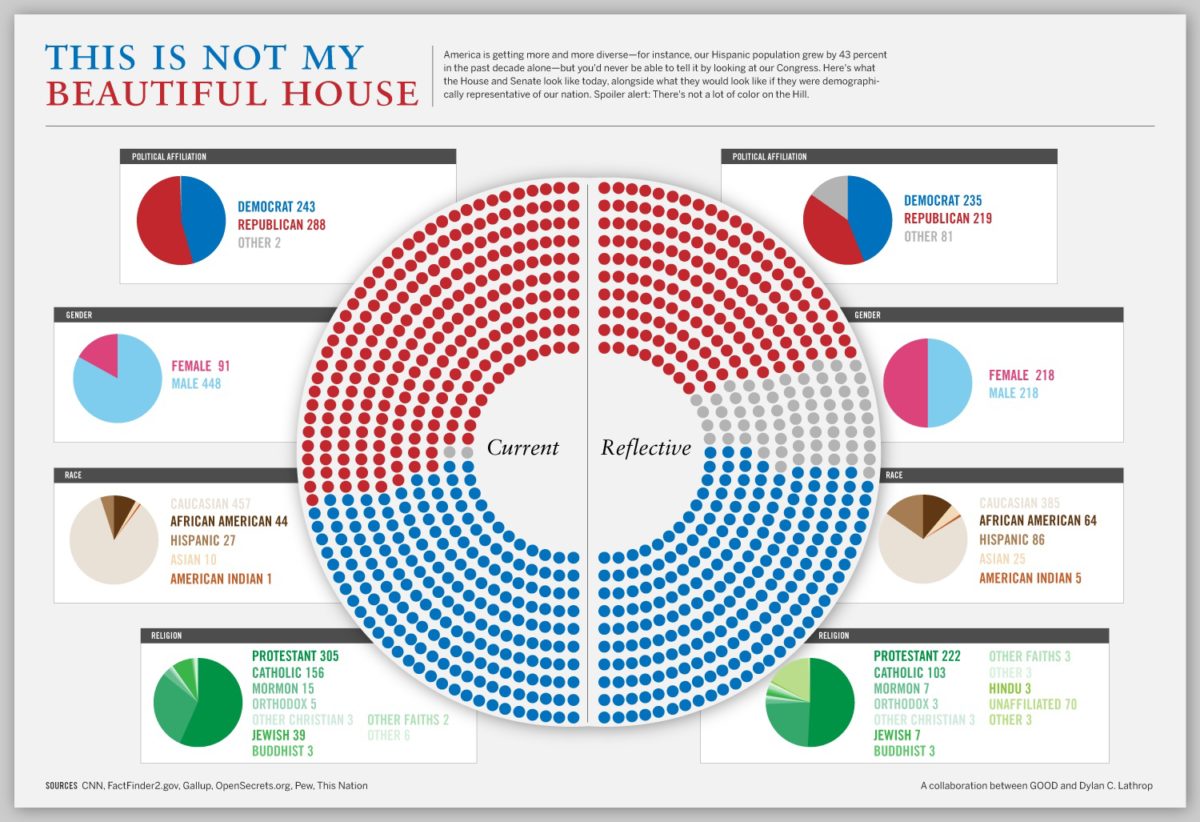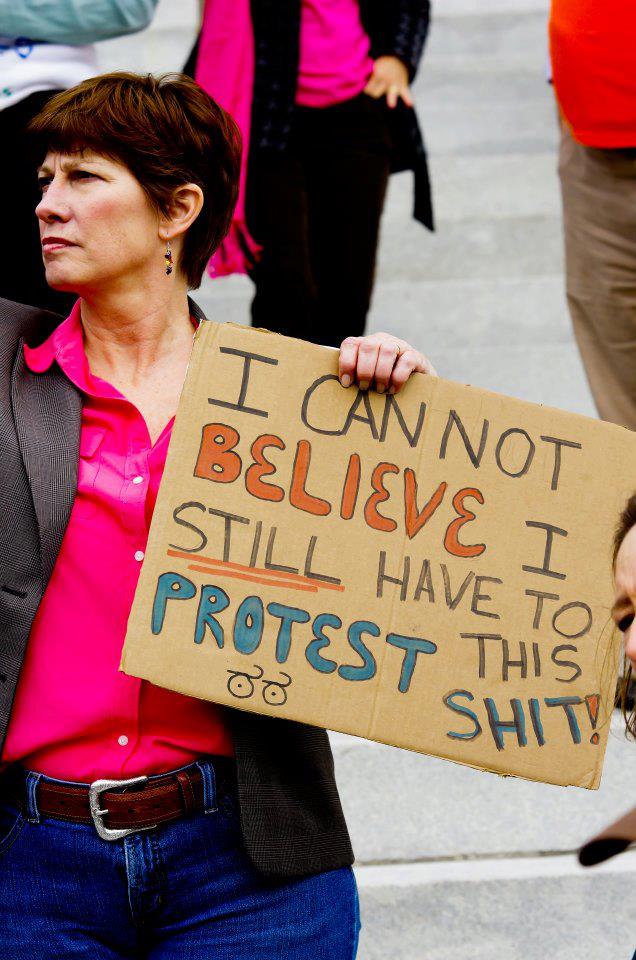Feminist Art Criticism and Gender Politics
In The Second Sex Simone de Beauvoir writes:
“If her functioning as a female is not enough to define woman, if we decline also to explain her through “the eternal feminine,” and if nevertheless we admit, provisionally, that women do exist, then we must face the question: what is a woman?”
As seen above, these are just a few examples from the top search hits under Google Images for “woman.” What do you notice in relation to de Beauvoir’s piece? What tropes of the woman are reproduced here. Or, we might ask, how is woman visualized, and what does she signify within the visual space of the image?
And as Simone de Beauvoir, Lisa Tickner and Jacqueline Rose all remind us, this all has a specific history, whether it is art criticism and art history, or psychoanalysis and the construction of normative sexuality.As Tickner writes about the challenge to art history from feminism:
“Feminist art history thus cannot stay art history: first, because the conventional premises of the discipline destroy its potential for radical readings; second, because feminism has to be interdisciplinary (since it questions the structure and interdeterminations of existing fields of knowledge it cannot remains simply a new perspective within any of them); and third, because feminism (like marxism) is politically motivated–it examines new tools for their use value and not for their novelty.”
One way to help wrap our heads around this idea is via advertising, perhaps the central place of sign production and circulation in society today. So let’s begin with a look at some of the major ad trends of the 60’s, as seen through a feminist art reading, keeping in mind some of the points made by de Beauvoir, Tickner and Rose.
It’s also important to think about these ad trends in their historical context, another important reminder from all of these writers. So for example, the tv series Mad Men offers a great example of this in the segment on the Maidenform Bra (S2E6). (watch clip)
But lest we think this is all old hat, think about such recent fashion ads as these from Jimmy Choo. See any similarities…?
—
Now we not only get the sexual objectification of the female model, but also an added element of misogyny–fashion can be sold through depicting dead women buried in a remote desert landscape. Now that’s sexy! Or at least that’s what the folks running Jimmy Choo’s ad campaign hope. Or is this for pure shock value, totally devoid of any moral or ethical content? I’ll leave that up tot he reader to decide.
This has even been taken to an extreme, where female models are posed as murdered corpses (more on that here). Here’s just one such example. Details about the shoot and a gallery of images here.
Thinking about de Beauvoir’s critique of the double standard of gendered politics, she writes:
“So it is that many men will affirm as if in good faith that women are the equals of man and that they have nothing to clamor for, while at the same time they will say that women can never be the equals of man and that their demands are in vain. It is, in point of fact, a difficult matter for man to realize the extreme importance of social discriminations which seem outwardly insignificant but which produce in woman moral and intellectual effects so profound that they appear to spring from her original nature.”
As an example to help think this concretely, take the following example, which tries to imagine what the US congress would look like if it were a true reflection of the diversity, gender and racial, of the nation.
This is Not My Beautiful House
For more great resources on these issues, take a look at the Sociological Image website. It’s always full of juicy new pop culture and academic materials documenting these ongoing gender politics in society. As just one example, check out this recent post on Food and Masculinity.
Or alternately, we could look at these trends in something like the recent Super Bowl 2012 ads.
Vocal Combat – The Voice
Body Paint – Go Daddy
—
It’s Reinvented – Toyota Camry
The Toyota Camry commercial is the only one that might bend some of the gender stereotypes, at least we get a male couch option, but it still operates within the old binary of male/female, so still room for improvement there as well. All in all, it’s hard to not see the same trends at work that de Beauvoir talks about from 1949 still quite alive and kicking today.
Until next time…”Why is it that women do not dispute male sovereignty?”
###








